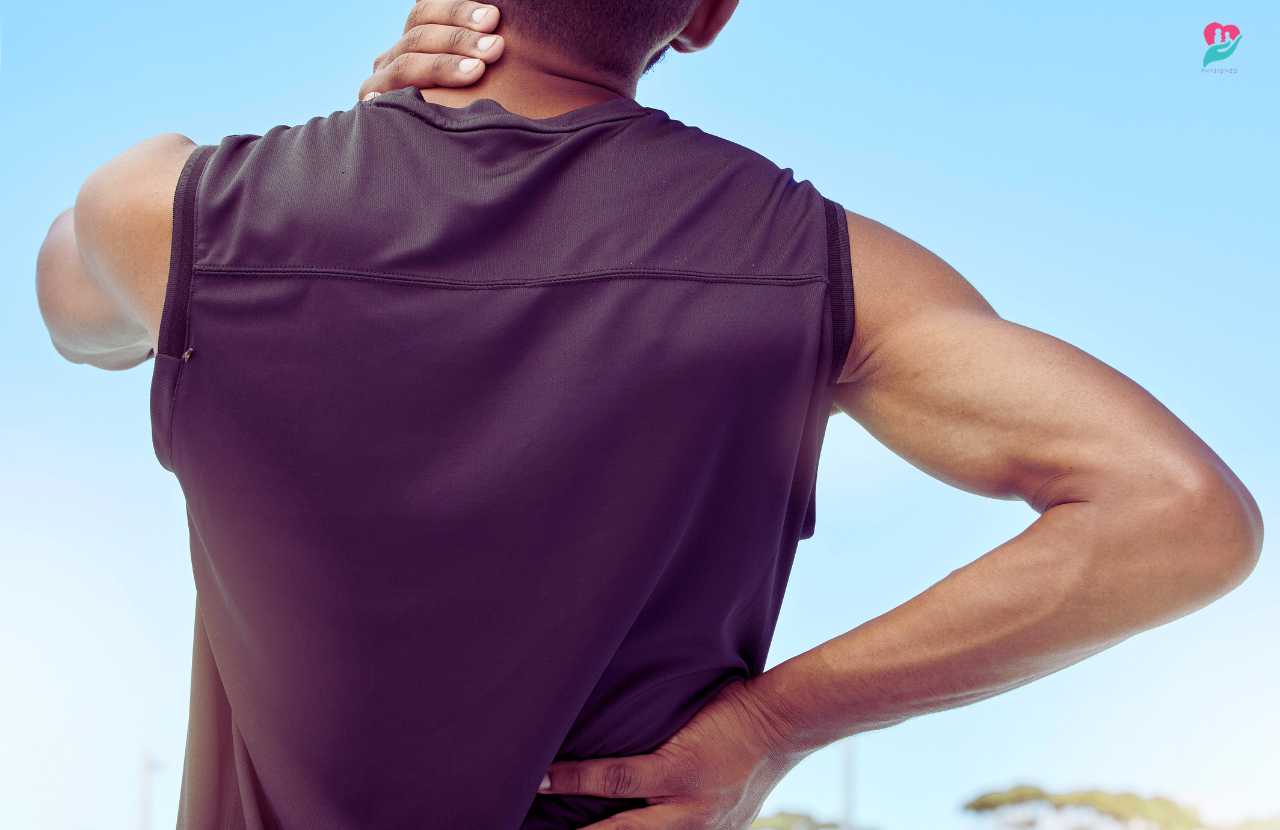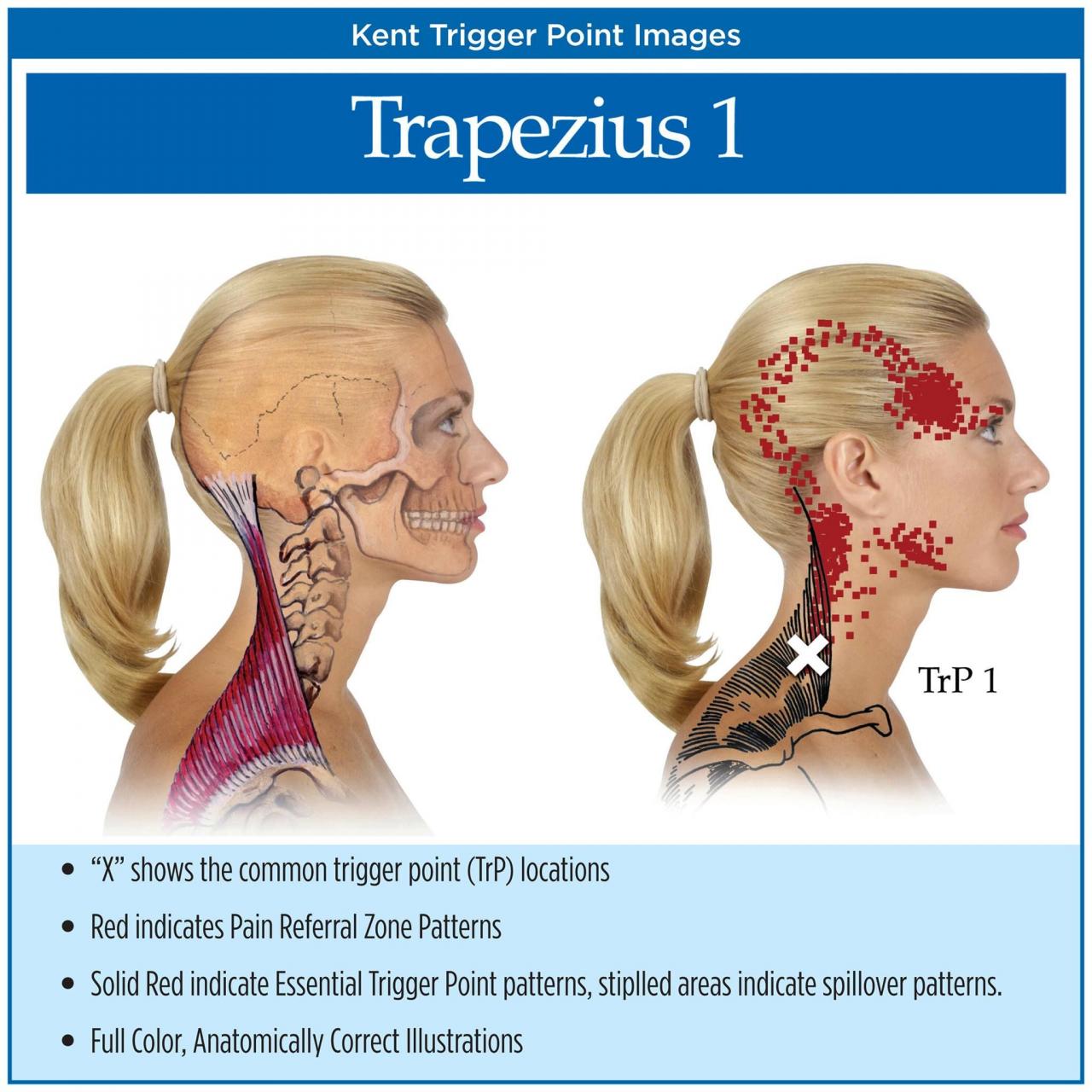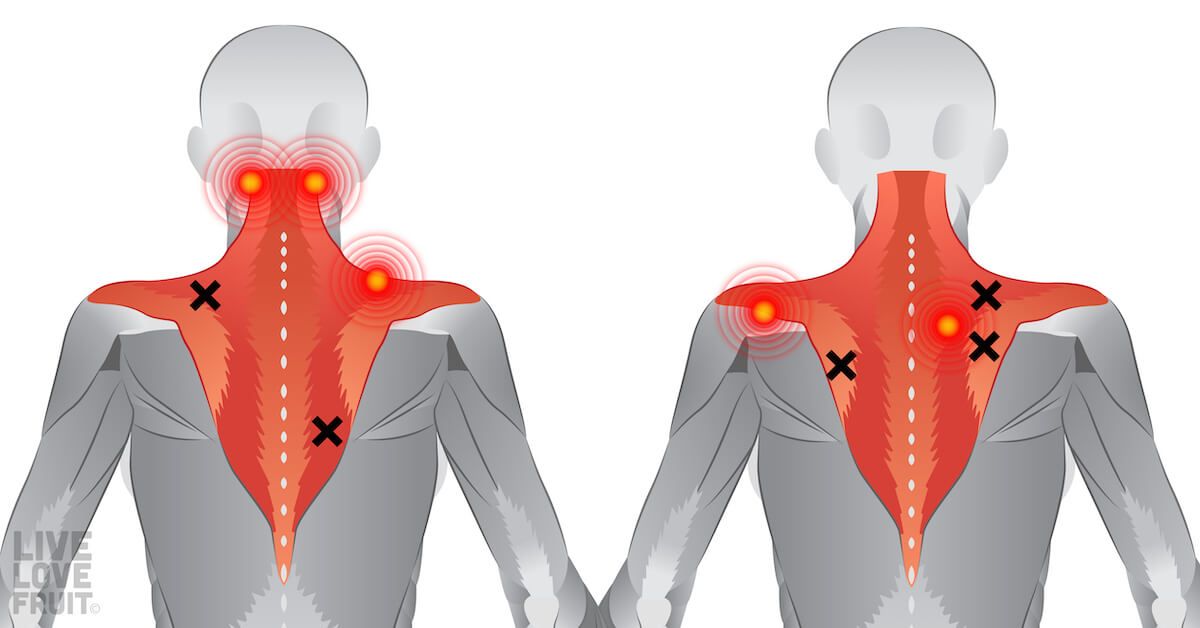
How can stiff and tight muscles result in back pain? This question has been plaguing many individuals, leading to discomfort and restricted movement. In this article, we will delve into the intricate relationship between muscle stiffness, tightness, and back pain, exploring the mechanisms involved and providing practical strategies for relief and prevention.
Regular exercise is essential for maintaining flexibility and preventing issues that can limit mobility. Studies have shown that individuals who engage in regular physical activity have increased range of motion and reduced risk of developing flexibility-related problems. To improve flexibility at home, consider incorporating exercises such as lower back exercises and stretches into your routine.
These exercises can help strengthen and lengthen muscles, improving overall flexibility.
Muscle stiffness and tightness arise due to various factors, including inactivity, overuse, poor posture, and dehydration. These conditions can cause muscles to become shortened and contracted, limiting their range of motion and flexibility. When these tight muscles are located in the back, they can put excessive strain on the spine, leading to pain and discomfort.
Stiff and Tight Muscles: A Root Cause of Back Pain

Stiff and tight muscles, often referred to as muscle tension, are common complaints that can significantly impact our physical well-being, leading to discomfort, pain, and reduced mobility. In this article, we delve into the intricate relationship between stiff and tight muscles and back pain, exploring the mechanisms involved and discussing strategies for prevention and relief.
Definition of Stiff and Tight Muscles
Muscle stiffness refers to a temporary inability of a muscle to relax and lengthen fully, while muscle tightness is a more chronic condition characterized by a persistent shortening of muscle fibers. Stiffness often arises from sudden or unaccustomed movements, while tightness typically develops gradually over time due to factors such as prolonged inactivity, overuse, or poor posture.
Impact of Stiff and Tight Muscles on Back Pain, How can stiff and tight muscles result in back pain?
Stiff and tight muscles in the back can disrupt the delicate balance of the musculoskeletal system, leading to back pain. When muscles are stiff or tight, they become less flexible and less able to support the spine and surrounding structures.
This can result in:
- Reduced range of motion and flexibility
- Increased strain on joints and ligaments
- Nerve irritation and inflammation
- Muscle spasms and trigger points
The cumulative effect of these factors can manifest as back pain, ranging from mild discomfort to severe and debilitating pain.
Common Causes of Stiff and Tight Muscles
Numerous factors can contribute to muscle stiffness and tightness, including:
- Inactivity:Prolonged periods of inactivity or lack of movement can lead to muscle atrophy and stiffness.
- Overuse:Excessive use of a muscle, particularly without proper warm-up and cool-down, can cause muscle fatigue and tightness.
- Poor posture:Maintaining poor posture for extended periods can strain and tighten muscles in the back.
- Dehydration:Inadequate fluid intake can lead to dehydration, which can affect muscle function and flexibility.
Strategies for Relieving Stiff and Tight Muscles
Fortunately, there are several effective strategies to relieve muscle stiffness and tightness, including:
- Stretching:Gentle stretching exercises can help lengthen and relax stiff muscles.
- Massage:Massage therapy can improve blood circulation, reduce muscle tension, and promote relaxation.
- Heat therapy:Applying heat to stiff muscles can increase blood flow and promote relaxation.
- Cold therapy:Cold therapy can reduce inflammation and pain associated with tight muscles.
Prevention of Stiff and Tight Muscles
Proactive measures can help prevent muscle stiffness and tightness, including:
- Regular exercise:Regular physical activity helps maintain muscle flexibility and strength.
- Proper warm-up and cool-down:Warming up before exercise and cooling down afterward can prepare and recover muscles, reducing the risk of stiffness.
- Maintaining good posture:Maintaining proper posture during daily activities can prevent muscle strain and tightness.
- Staying hydrated:Adequate fluid intake is essential for overall muscle health and flexibility.
| Strategy | Description |
|---|---|
| Regular exercise | Helps maintain muscle flexibility and strength |
| Proper warm-up and cool-down | Prepares and recovers muscles, reducing stiffness |
| Maintaining good posture | Prevents muscle strain and tightness |
| Staying hydrated | Essential for overall muscle health and flexibility |
Last Recap

Understanding the causes and consequences of stiff and tight muscles is crucial for maintaining back health. By implementing simple yet effective strategies such as stretching, massage, and maintaining proper posture, individuals can alleviate muscle tension and reduce the risk of back pain.
Remember, prevention is always better than cure, and incorporating these measures into your daily routine can go a long way in ensuring a pain-free and mobile back.
Staying active is essential for maintaining flexibility and preventing issues down the road. Regular exercise helps keep your joints and muscles supple, allowing you to move freely and comfortably. Whether you’re looking to improve your range of motion for everyday activities or enhance your athletic performance, incorporating regular exercise into your routine is key.
FAQs: How Can Stiff And Tight Muscles Result In Back Pain?
What are the common causes of muscle stiffness and tightness?
Inactivity, overuse, poor posture, and dehydration are common culprits.
How can I relieve stiff and tight muscles?
Stretching, massage, heat therapy, and cold therapy are effective methods.
What are some tips to prevent muscle stiffness and tightness?
Regular exercise, proper warm-up and cool-down, good posture, and staying hydrated are key.


